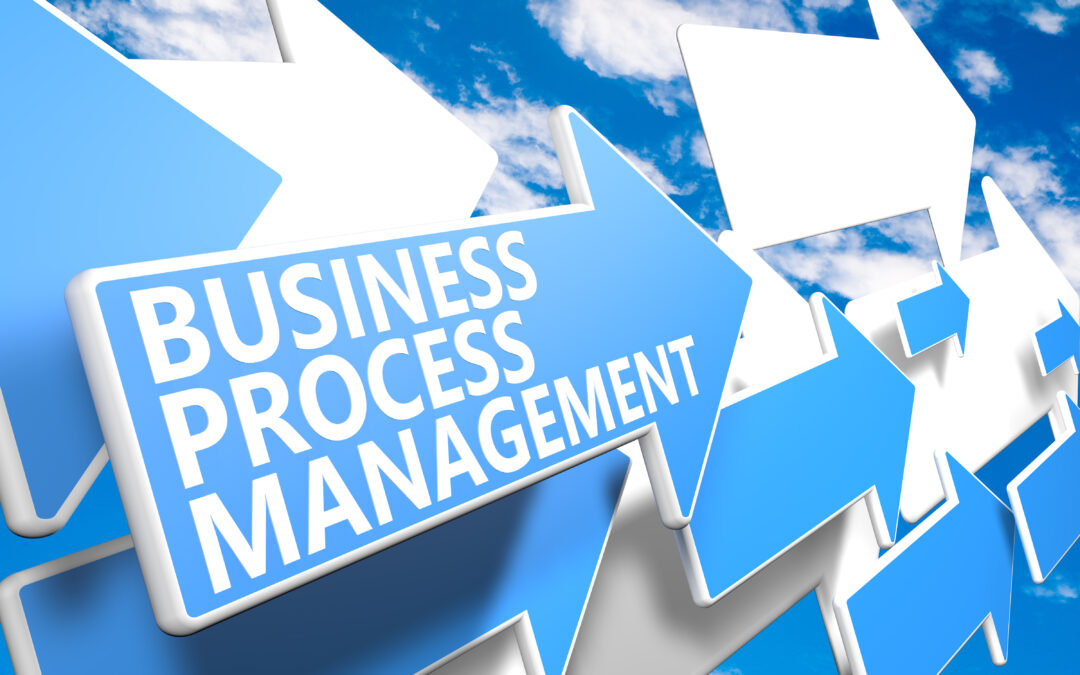A SIPOC diagram represents a high-level view of a process. It shows the Suppliers, Inputs, Process, Outputs and Customers. The SIPOC Diagram plays an important role in Process Definition/Improvement and should ideally be done first before embarking on extensive process mapping. An analyst – in collaboration with other stakeholders – may use it to arrive at a consensus on the process before moving to a greater level of detail. To emphasize putting the needs of the customer foremost, the tool is sometimes called COPIS and the process information is filled in starting with the customer and working upstream to the supplier. It is very helpful to give people who are unfamiliar with a process a high-level overview.
Under what scenarios might you use a SIPOC diagram?























